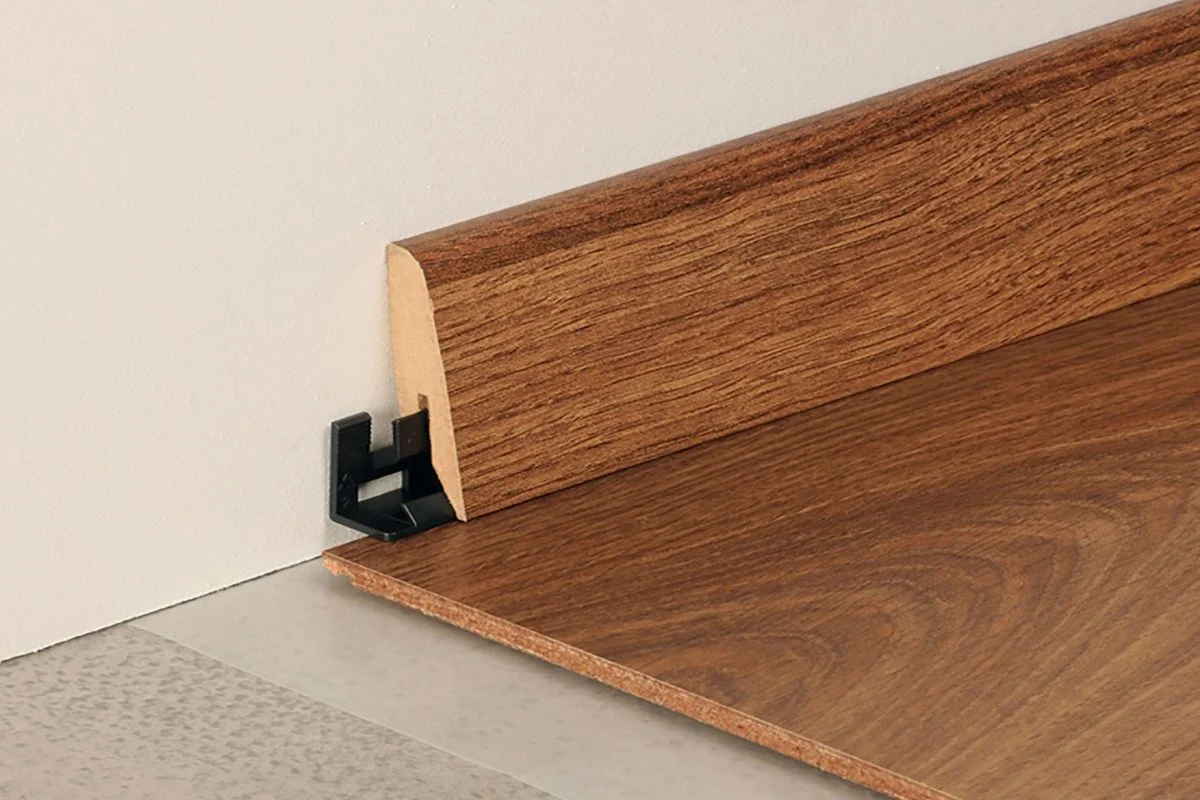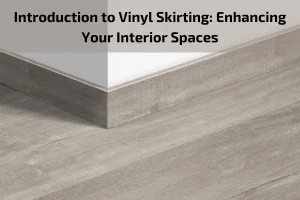In the realm of interior design, certain elements stand the test of time, effortlessly blending functionality with aesthetics to create spaces that exude warmth and elegance. Wooden skirting, often overlooked yet undeniably essential, serves as a quiet yet impactful detail that can transform the entire ambiance of a room. As trends come and go, wooden skirting remains a steadfast feature, offering a timeless appeal that complements a variety of design styles, from traditional to contemporary.
In this exploration, we delve into the enduring charm and practical benefits of wooden skirting as a foundational element of interior décor. From its rich history to its versatile applications in modern homes, we uncover why wooden skirting continues to be a preferred choice for homeowners and designers alike. Join us on a journey through the world of wooden skirting—a subtle yet significant accent that adds depth, character, and sophistication to any space.

Popular Finishes for Wooden Skirting
The finish of wooden skirting defines its visual impact and durability. Finishes not only enhance the natural beauty of wood but also protect it from damage, moisture, and wear.
Painted finishes are among the most versatile and popular options. White or off-white skirting creates a clean, classic look that complements most wall colors. Matte or satin finishes are common, offering elegance and subtlety. For bold designs, contrasting colors like black or charcoal gray create striking effects.
Stained finishes highlight the natural grain of the wood, emphasizing warmth and texture. Light stains enhance modern interiors, while darker stains provide a rich, traditional feel.
Varnished finishes add shine and protection, ideal for high-traffic areas. Glossy varnishes reflect light, making rooms appear larger and brighter.
Oil finishes penetrate the wood, enhancing its texture while maintaining a natural look. They require periodic maintenance but provide a warm, organic appearance.
Lacquered finishes offer a durable, protective coating with a sleek surface. They’re suitable for both modern and commercial interiors.
Selecting the right finish depends on desired aesthetics, maintenance preferences, and overall room style. Whether natural, glossy, or matte, the right finish ensures your wooden skirting complements your interior perfectly.
Wooden Skirting in Modern vs Traditional Interiors
Wooden skirting designs can dramatically alter the mood of a room, adapting to both modern and traditional interior styles.
In modern interiors, wooden skirting often features clean lines, minimal detailing, and neutral colors. Square edge or chamfered profiles are popular for contemporary homes, providing a sleek, understated look that blends seamlessly with walls and floors. Painted MDF skirting in matte white or soft gray complements minimalist spaces.
Conversely, traditional interiors often embrace ornate designs and rich finishes. Ogee and torus profiles, finished with dark stains or varnish, enhance the grandeur of classic settings. Skirting in oak or walnut adds warmth and sophistication, pairing beautifully with decorative moldings and textured walls.
In both styles, the height of the skirting can create different effects. Taller skirting boards make ceilings appear higher and rooms more elegant, while shorter boards offer a modern, discreet aesthetic.
By choosing the appropriate profile, color, and finish, wooden skirting can perfectly align with the architectural identity of any home—be it a sleek apartment or a historic residence.
Installation Techniques for Wooden Skirting
Proper installation ensures that wooden skirting not only looks attractive but also performs effectively. The most common installation methods include nailing, screwing, and adhesive fixing.
Nailing or screwing skirting boards directly into the wall provides a strong, durable bond, ideal for solid wood. Screws allow for easy removal during redecorations or repairs.
Adhesive fixing is increasingly popular for MDF and lightweight skirting. It offers a clean finish without visible nails or screws, although it’s less suitable for uneven walls.
Before installation, walls and floors must be clean, dry, and level. Mitre cuts at corners ensure seamless joints, while filler or caulk hides minor gaps.
Professionals recommend painting or staining the skirting before installation to ensure full coverage. Once fitted, a final coat can be applied for polish and protection.
The most important frequently asked questions about Wooden Skirting
Why is skirting important?
It protects walls from damage, hides gaps, and adds a decorative touch to interiors.
What types of wood are used for skirting?
Common types include MDF, oak, pine, walnut, and beech.
What is MDF skirting?
MDF (Medium-Density Fiberboard) skirting is an affordable, smooth, and easy-to-paint alternative to solid wood.
Can wooden skirting be painted?
Yes, it can be painted, stained, or varnished to match your décor.






